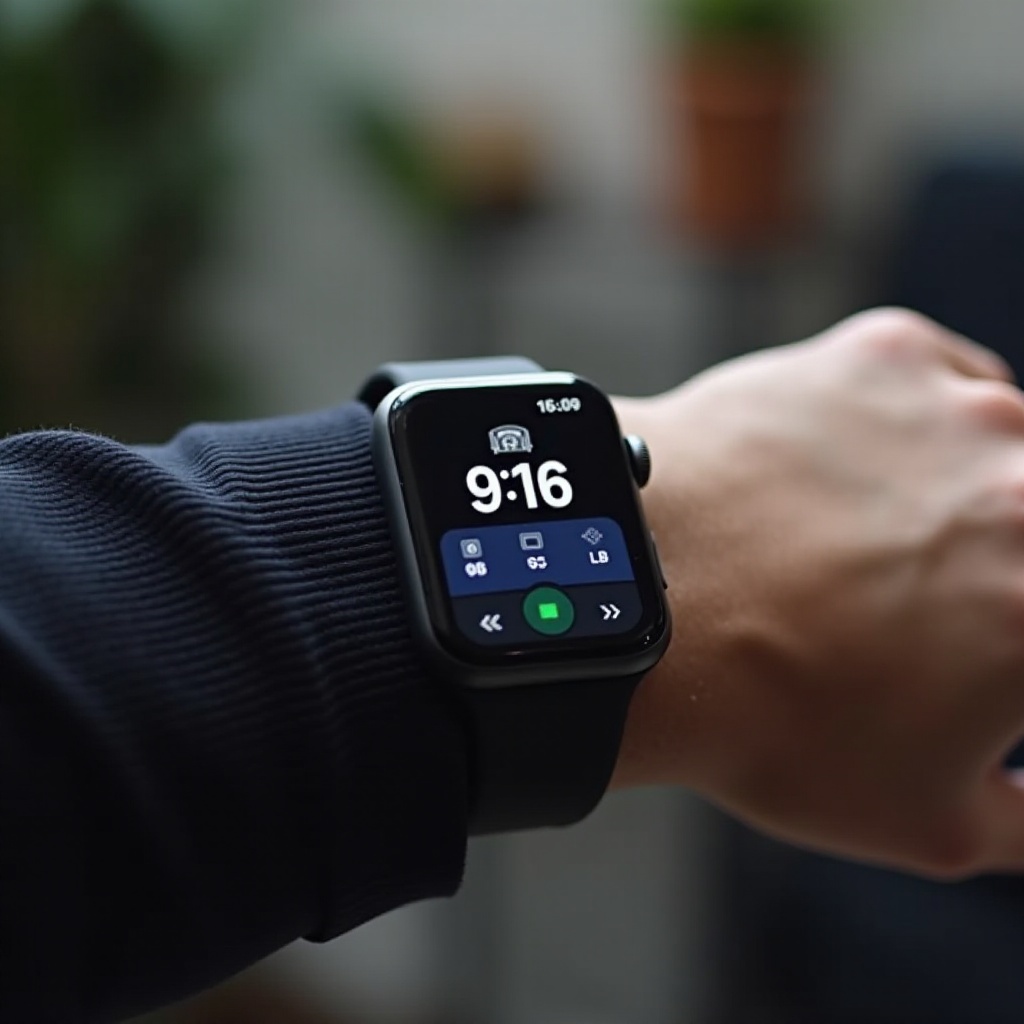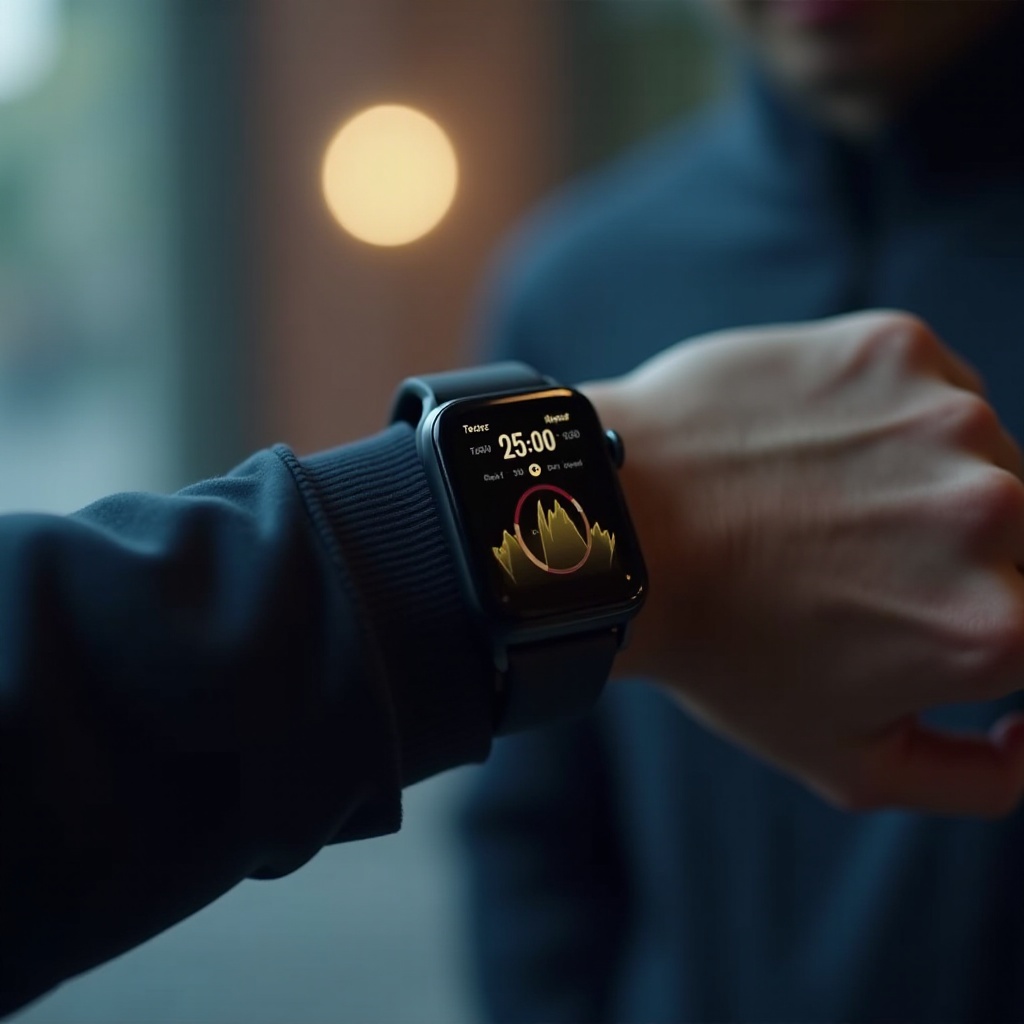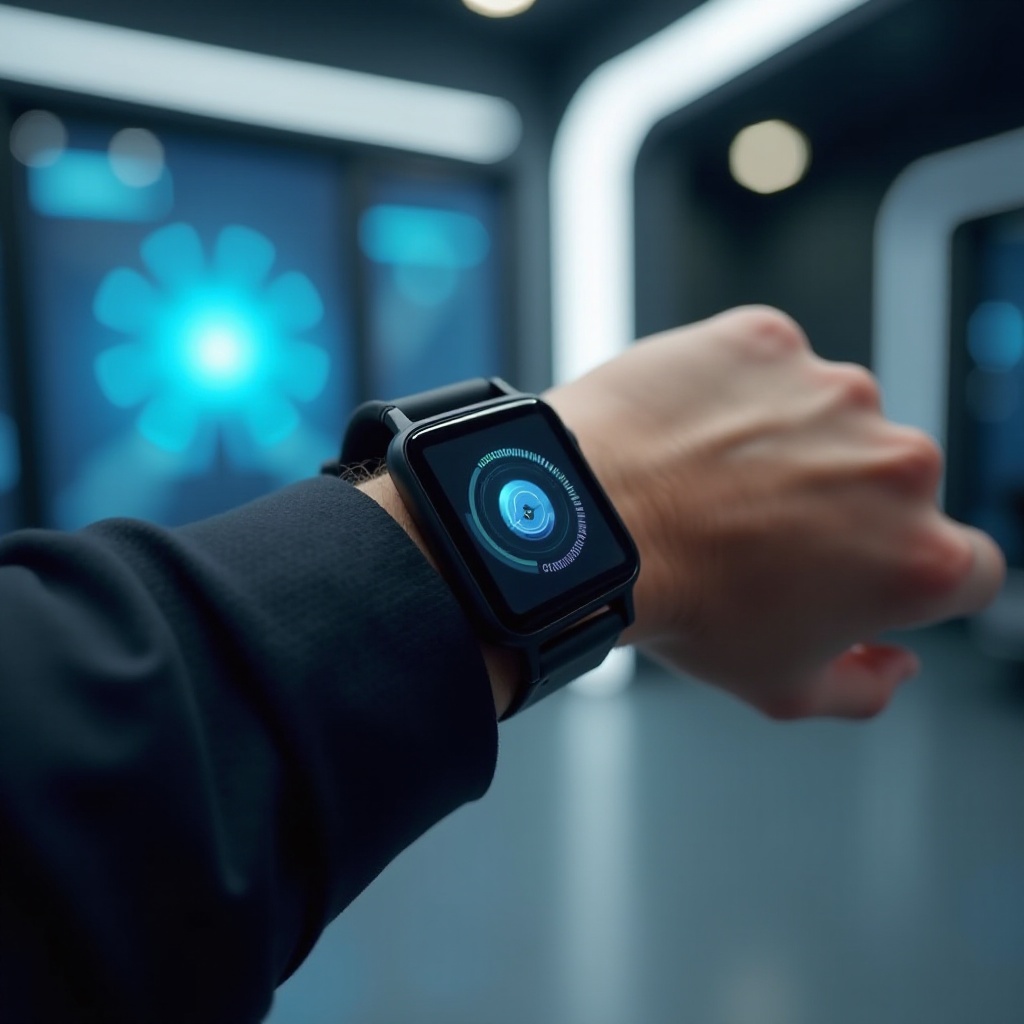How Do Smart Watches Monitor Glucose? A Comprehensive Guide
Introduction
Glucose monitoring plays a vital role in managing diabetes. For many, it requires pricking fingers daily to check blood sugar levels. This process can be cumbersome and uncomfortable, leading many to seek alternative methods. Enter smart watches. These sophisticated devices have transcended beyond fitness tracking and notifications to real-time health monitoring, including glucose levels. But how do they achieve this complex task? In this comprehensive guide, we delve into the workings of glucose monitoring in smart watches, examining the methods and technologies they use, uncovering the benefits and limitations, and exploring what the future holds for these innovative wearables.

Understanding Glucose Monitoring
Effective glucose monitoring is essential for individuals with diabetes to maintain their health. Traditional methods involve using a glucometer, where a small blood sample is placed on a test strip and inserted into the device to measure glucose levels. This method, known as Continuous Glucose Monitoring (CGM), provides valuable data but can be invasive and painful.
Several advancements in medical technology aim to simplify and enhance this process. Wearable devices, especially smart watches, have entered the scene, promising less invasive and more convenient monitoring. These devices leverage various principles and technologies to measure glucose levels without the need for constant pricking, marking a significant leap in diabetes care.

The Role of Smart Watches in Health Monitoring
Smart watches have revolutionized personal health monitoring. Initially designed for fitness enthusiasts to track their physical activities, these wearables now offer a plethora of health-related features. They can monitor heart rate, sleep patterns, oxygen levels, and even alert users about anomalies potentially indicating underlying health issues. Glucose monitoring is a recent addition, catering primarily to individuals with diabetes.
The inclusion of glucose monitoring capabilities in smart watches presents an opportunity to integrate glucose tracking seamlessly into daily life. This simplifies the process, making it part of a broader health management routine. These smart wearables provide a non-disruptive and user-friendly approach to health tracking, enhancing the quality of life for people with diabetes.
How Smart Watches Monitor Glucose
Non-Invasive Methods
Non-invasive glucose monitoring methods eliminate the need for blood samples. They often use sensors that detect glucose levels through the skin. One common technique involves measuring glucose concentration in interstitial fluid, which is the fluid surrounding cells. Optical sensors, such as photoplethysmography (PPG), utilize light to penetrate the skin and detect changes in glucose levels by analyzing the light absorption in this fluid.
Another promising non-invasive method is the use of bioimpedance. This approach measures the resistance of body tissues to a small electrical current. Glucose levels influence this resistance, allowing the device to estimate the concentration of glucose based on the measured impedance.
Invasive Methods
Invasive methods, while less prevalent in smart watches, are more traditional and involve direct measurement from bodily fluids. Some advanced smart watches integrate microneedles that barely penetrate the skin, drawing minimal blood to measure glucose levels accurately. These methods tend to provide more precise data but at the cost of being slightly intrusive.
Technologies Used
Various technologies enable smart watches to monitor glucose levels effectively:
- Optical Sensors: Utilized in non-invasive methods, these sensors measure the reflection of specific light wavelengths through the skin.
- Electrochemical Sensors: Common in invasive devices, they measure the electric current produced by a chemical reaction involving glucose.
- Bioimpedance Sensors: These assess the resistance of body tissues to an electrical current to estimate glucose levels.
These technologies, combined with advanced algorithms, continuously calibrate and analyze readings to provide accurate and reliable glucose level measurements.
Benefits of Using Smart Watches for Glucose Monitoring
Using smart watches for glucose monitoring offers several advantages:
- Convenience: Continuous monitoring without repeated finger pricks enhances user experience.
- Data Integration: Smart watches can seamlessly integrate glucose data into broader health metrics, providing a comprehensive health overview.
- Real-Time Alerts: Timely notifications about glucose fluctuations help in quick intervention and better management.
- Non-Invasiveness: Particularly with non-invasive methods, monitoring becomes painless and unobtrusive.
- Trend Analysis: Continuous data helps identify patterns and triggers, supporting better lifestyle and dietary adjustments.
These benefits collectively contribute to improved diabetes management and a higher quality of life for individuals.
Challenges and Limitations
Despite their advantages, smart watches for glucose monitoring face several challenges:
- Accuracy: Non-invasive methods may not always offer the same precision as traditional methods.
- Calibration: Devices may require regular calibration against traditional glucometers to ensure data fidelity.
- Cost: Advanced smart watches can be cost-prohibitive for some users.
- Battery Life: Continuous monitoring can drain the device battery quickly.
- Regulatory Approval: Medical-grade devices must pass stringent regulatory standards, which can delay the introduction of new models.
Acknowledging these limitations is crucial for users to set realistic expectations and ensure they complement smart watches with traditional monitoring when necessary.
Future Trends and Developments
The field of glucose monitoring via smart watches is rapidly evolving. Future developments are expected to enhance accuracy, reduce costs, and increase device integration with other health monitoring systems. Some emerging trends include:
- Advanced Non-Invasive Technologies: Enhancements in optical and bioimpedance sensors promise more accurate and reliable readings.
- Machine Learning Algorithms: Leveraging AI for better pattern detection and prediction of glucose trends.
- Integration with Other IoT Devices: Seamless integration with smartphones, smart homes, and other wearables for holistic health monitoring.
- Wearable Biosensors: Continuous developments in biosensors may lead to more compact, efficient, and cost-effective glucose monitors.
These future advancements hold significant promise for making diabetes management even more user-friendly and precise.

Conclusion
Smart watches equipped with glucose monitoring capabilities represent a significant advancement in diabetes care. They offer the convenience of continuous glucose tracking integrated into everyday life. While challenges remain, the benefits and potential future developments make smart watches a valuable tool in modern diabetes management.
Frequently Asked Questions
How accurate are smart watches in monitoring glucose levels?
While they provide convenient and continuous monitoring, their accuracy can vary. Regular calibration with traditional methods is often recommended for precise management.
Can smart watches completely replace traditional glucose monitoring methods?
Not yet. Despite their benefits, smart watches should complement traditional methods, which remain more reliable. Always consult healthcare providers for personalized advice.
What should diabetics consider when choosing a smart watch for glucose monitoring?
Consider the device’s accuracy, ease of use, cost, battery life, and regulatory approvals. Consulting with a healthcare provider can also help in making an informed choice.


